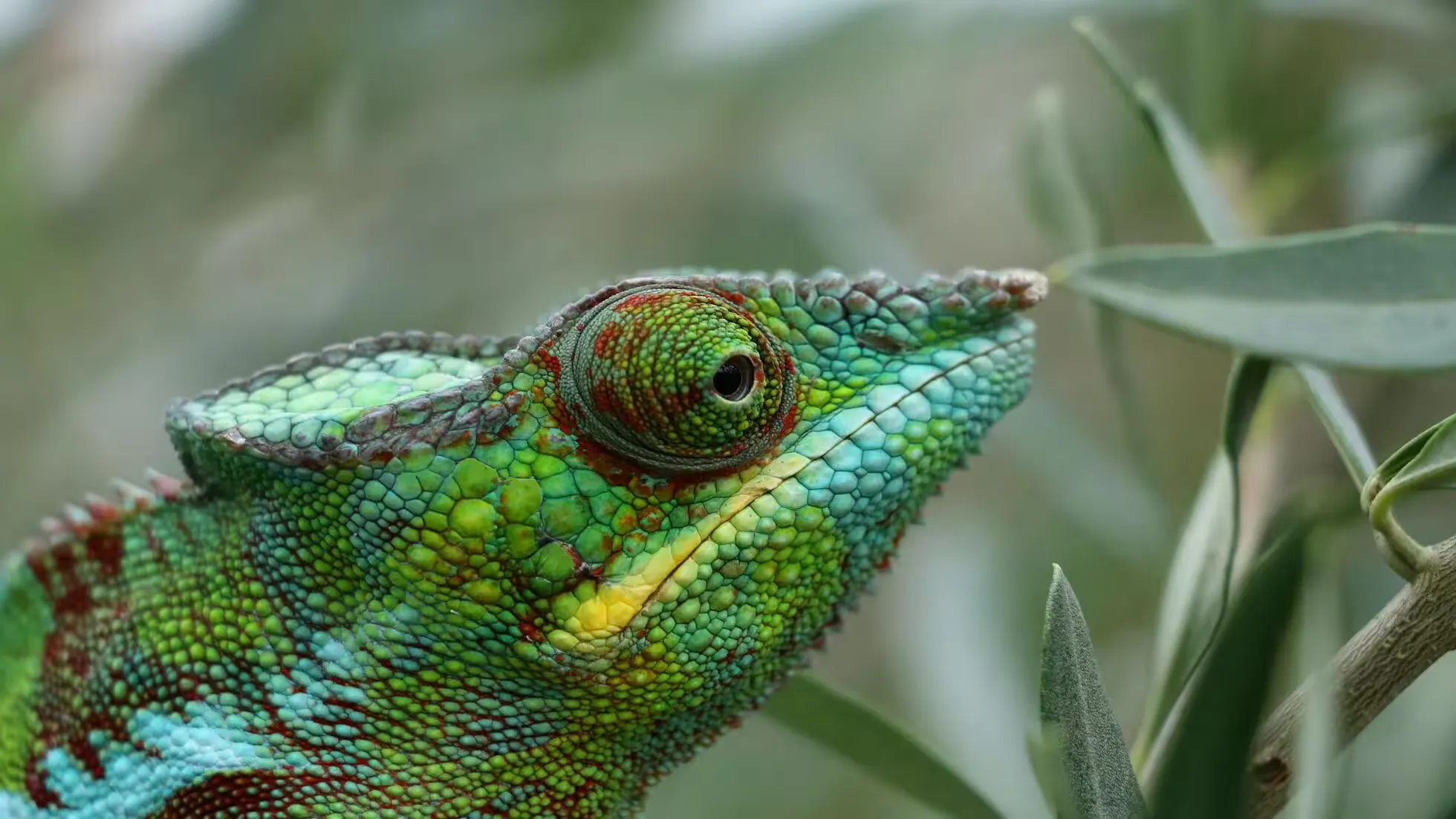Farmer, You May Face Unemployment in 3 Years—Are You Ready

Tonight, I took a Didi home and chatted with the driver along the way. I asked the driver, “Self-driving cars are going to be on the roads soon, and taxi drivers will be out of a job. What will you do then?” The driver replied, “Well… we’re not scared, we’re from Henan, and we have over ten acres of land. If the city folks don’t let us drive, we’ll just go back home and farm. What do you think, is that a good idea?”
But is that really the solution?
Fifteen years ago, I lived in a remote village and often worked in the fields. Farming is exhausting—plowing the land with a three-pronged hook, cutting wheat with a sickle, hoeing weeds one by one, and carrying water from a river three miles away, one bucket at a time. In the early 21st century, we were still using tools passed down from thousands of years ago, even from the era of slash-and-burn agriculture, working on barren land.
Later, I went to the city for university and occasionally returned home. Over time, I noticed that agricultural machinery was becoming more common—mechanized plowing and harvesting, irrigation canals leading directly to the fields, saving time and labor. We even saw the emergence of “farm nannies” that provide full-service management of fields.
Agriculture has been around for thousands of years, and mechanization has been in place for centuries. Soon, we will enter the era of intelligent agriculture, where not only outdated farming machinery, high-toxicity pesticides, high-energy fertilizers, and low-quality seeds will be phased out, but many farmers will also be left behind. While farmers won’t lose their land, they will be replaced by smart agriculture.
With the explosive growth of artificial intelligence, big data, and machine learning, many people believe these revolutionary technologies will transform traditional industries and ways of life, but not agriculture—because agriculture is too complex, too primitive. However, let’s imagine what might happen if we link several technologies that are still in their infancy but will mature in the near future.
Imagine this: In three years, you are the owner of a tomato farm. At dawn, before the sun rises, a harvesting robot is already working based on orders from city customers via e-commerce. Using high-definition infrared cameras, the robot, with its agile mechanical arms, picks the tomatoes according to quality and quantity requirements. Then, logistics robots quickly sort, package, and label the tomatoes, loading them into autonomous delivery trucks. The trucks, following instructions, deliver the tomatoes on time to the designated locations. Meanwhile, a weather robot collects data from polar satellites, ground weather stations, and field sensors, and makes farming decisions that are transmitted to the irrigation robot. The irrigation robot, using precision irrigation techniques, waters and fertilizes each plant according to the soil conditions of each block. Later, a plant protection robot uses hyperspectral technology to quickly identify weeds, pests, and diseases, applying low-toxicity, low-residue pesticides or removing them directly. All these operations are completed while you’re still asleep. So, what did you actually do in this entire process?
Of course, this is just an imagination. Scientists worldwide are researching harvesting robots and seeding robots, but our field information networks are not fully developed yet, machine learning algorithms are still maturing, and we lack engineers who are both experts in agriculture and machine learning to help robots complete these tasks. However, don’t forget, we are in the era of machine learning. Just like AlphaGo was able to surpass human performance in Go in a short time through self-learning, artificial intelligence will soon surpass our top agronomists in pest and disease analysis, soil nutrient analysis, and crop health management.
Recently, Wired magazine in the U.S. published an article stating that the true future of agriculture lies in artificial intelligence. I firmly believe in this. You can choose to be left behind or learn more about intelligent agriculture. Farmer, are you ready?
In fact, preparing for this transition is not only important for farmers but also for policymakers, agricultural businesses, and engineers. Especially when it comes to our agricultural education system. Currently, agricultural education focuses on traditional agricultural and biological knowledge, with very little teaching on agricultural IoT, big data analysis, or artificial intelligence—these areas are almost completely ignored. To better embrace the intelligent agricultural era, we must develop interdisciplinary fields combining agriculture and AI.